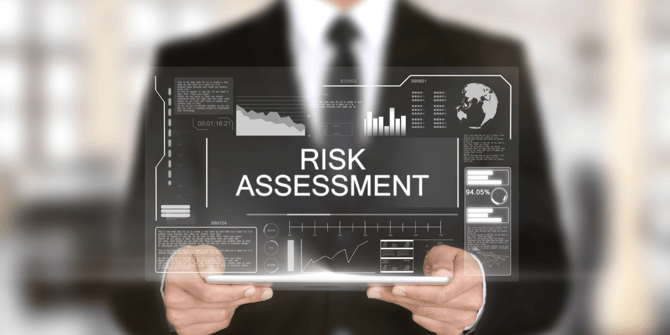Like it or not, the risk of cyberattacks on your business is a very real thing. Protecting your assets and propriety information is essential for the business to succeed, so determining the level of threat at any given time should be given top priority, regardless of the type of industry or where your business is located.
Conducting a cybersecurity risk assessment is, experts contend, a crucial first step in ensuring your business is secure in the digital realm. This can entail every piece of hardware your business employs, as well as your company website, internet networks and connections, cell phones, printers and security devices on or near your workplace.
Here are tips on how to go about an effective risk assessment:
Make sure your IT systems are regularly updated.
As we have noted before, “Outdated and unsupported software leaves your small business systems more vulnerable to ransomware attacks, malware, and data breaches.” Malware attacks frequently target older software, because cybercriminals understand the limitations of these outdated versions “and thus exploit them to gain access to systems and sensitive information.”
Take time to pose a range of cyberattack scenarios. For example, many businesses store their information in the cloud. Experts encourage businesses to “lean on their cloud storage provider to help them perform a risk assessment to determine what threats, if any, exist and what measures can be taken to strengthen data security,” notes Fortinet.
This same approach can be taken with all your third-party IT providers. As part of their relationship with your business, undertaking a proscribed threat assessment on a regular basis just makes good sense for everyone involved.
Identify specific threats.
Posing scenarios by which your business may be at risk is a good way to begin exploring the many diverse cyber threats out there.
Principal among these threats is the ability of hackers to “bypass security measures to gain unauthorized access, bypass mechanisms and exploit vulnerabilities to steal or modify critical data assets, or run rogue programs inside your IT infrastructure,” notes RiskOptics.
Determine if this or related situations might cause damage to your business.
Evaluate the potential impact of a cyberattack.
It’s helpful to know—or to confidently project—just how much impact a cyberattack might have on your business. Detrimental effects may include harm to your company’s financial position and its operational reliability, and/or potential damage to the business’s hard-earned reputation. Legal questions may arise from a cyberattack as well.
Educating your workforce on these types of negative impacts can help “raise the stakes” for all shareholders to focus more closely on the proper way to ensure IT security.
Schedule ongoing security reviews and software updates.
Knowing more precisely what threats lurk out there is good to know, particularly if it prompts an organization-wide commitment to reviewing the status of your security systems and assets.
Kaspersky recommends that you “review and update [your cyberattack prevention] strategy at regular intervals and whenever you make changes to information storage and usage.” This way, you can move forward, knowing “your data is always protected to the best of your ability.”
Maintain awareness of possible future risks.
A comprehensive cyberattack risk assessment is an excellent starting point for safeguarding your business systems. From there, it’s also a good idea to maintain awareness of the ever-changing landscape of digital bad actors.
As Entrepreneur notes, “By monitoring industry-specific threat intelligence sources and collaborating with cybersecurity experts,” businesses can “enhance their threat assessment capabilities.”







